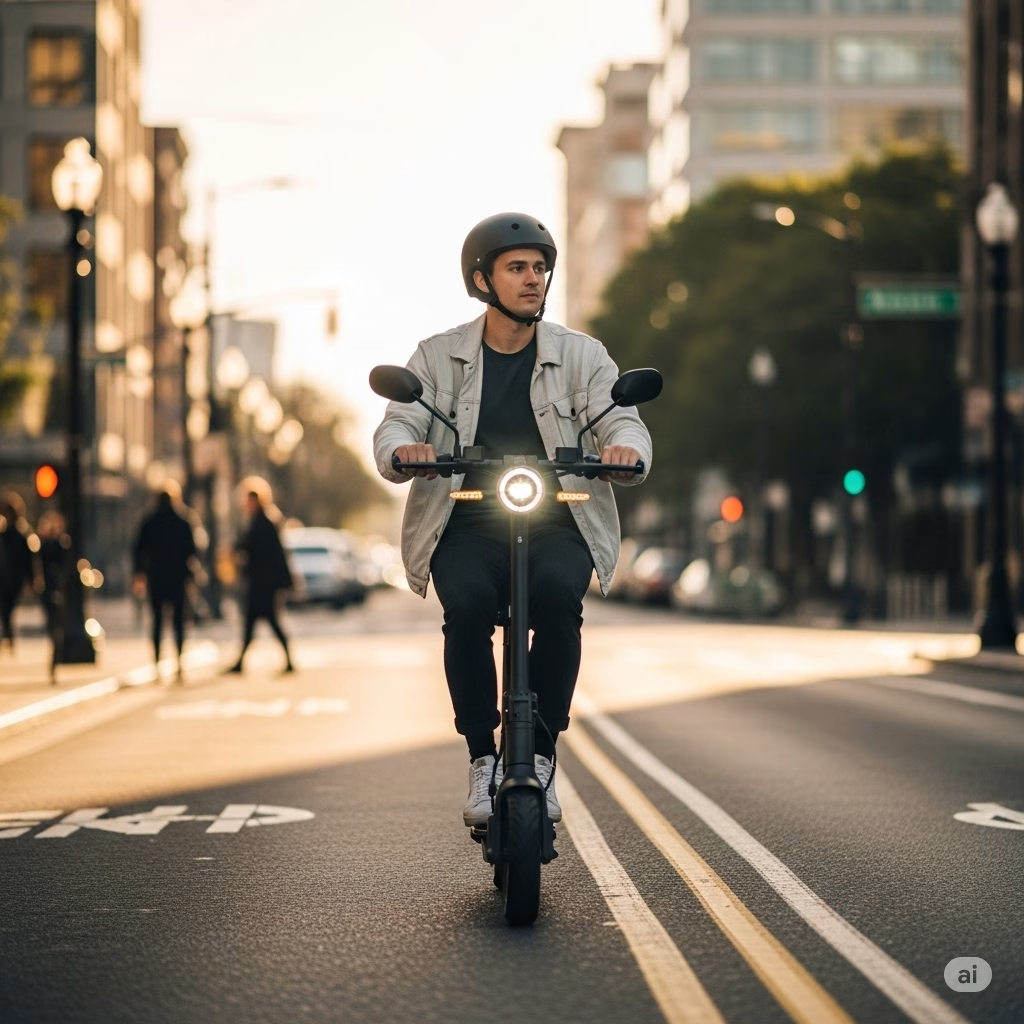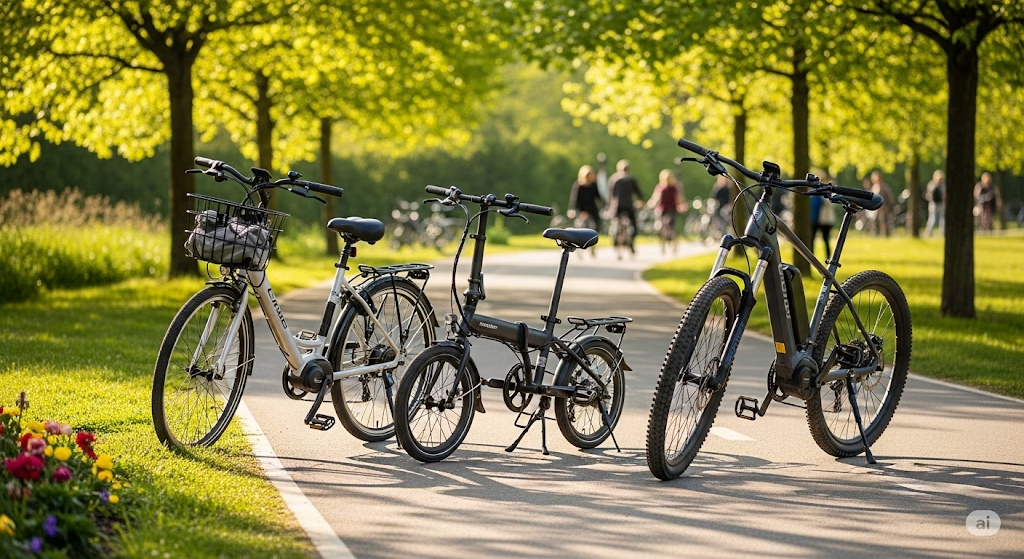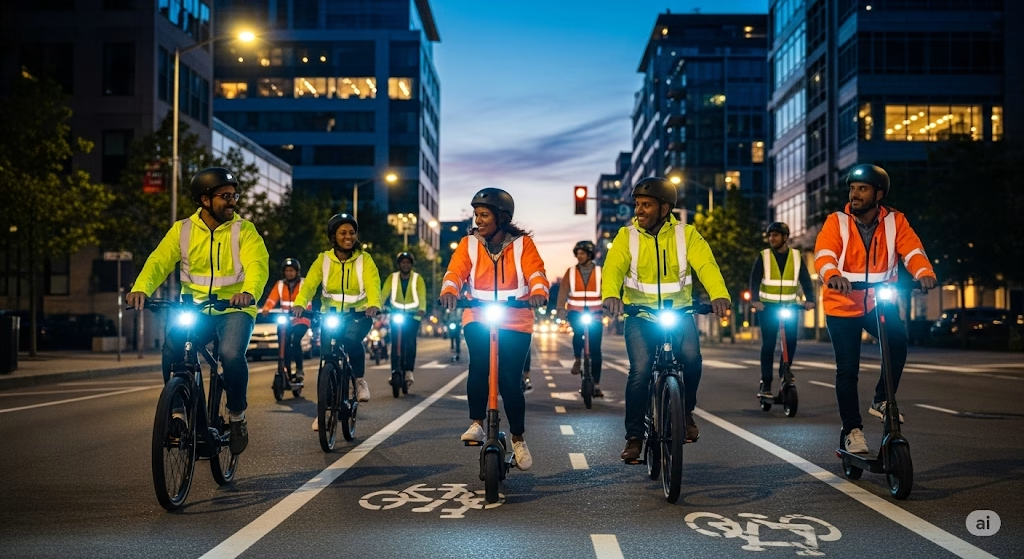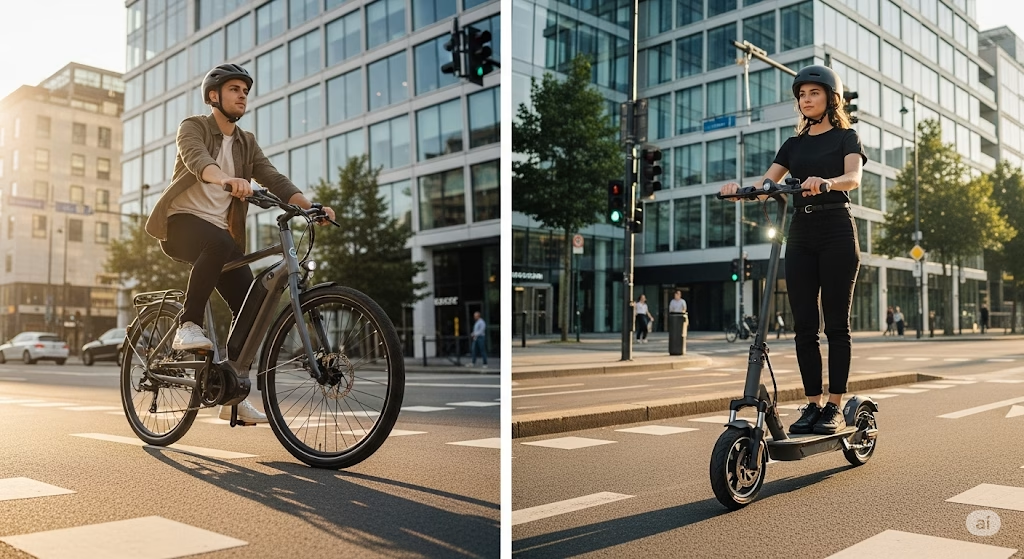The electric bike, or ebike, has revolutionized personal transportation, offering a low-impact way to commute, exercise, and explore. For many in the United States, an ebike is a viable alternative to a car, especially for shorter trips. But with a market full of options, choosing the right one can feel daunting. This guide will help you understand the key differences between ebikes and where to buy one in the US.
Understanding Ebike Classes
In the United States, ebikes are categorized into three classes based on their top assisted speed and how they provide power. Understanding these classes is the first step in your buying journey, as they dictate where you can legally ride.
- Class 1: These are pedal-assist bikes only, meaning the motor provides power only when you are actively pedaling. The motor stops assisting when the bike reaches 20 mph. These are often allowed on bike paths and trails where traditional bikes are permitted.
- Class 2: These ebikes have both pedal-assist and a throttle, which can propel the bike without pedaling. The motor assistance, whether by pedal-assist or throttle, cuts out at 20 mph.
- Class 3: Designed for faster commuting, Class 3 ebikes are pedal-assist only, with the motor providing a boost up to 28 mph. In many states, riders must be at least 16 years old to operate a Class 3 ebike, and they are typically restricted to roadways and bike lanes, not shared-use paths.
Comparing Motors and Batteries
The core of any ebike is its motor and battery. The two most common motor types are hub-drive and mid-drive.
- Hub Motors: Located in the front or rear wheel, these motors propel the wheel directly. They are simple, affordable, and require minimal maintenance, making them common on entry-level models. However, they can make the bike feel rear-heavy and are less efficient on steep hills, as they don’t leverage the bike’s gears.
- Mid-Drive Motors: Situated at the bike’s bottom bracket (where the pedals are), this motor drives the bike through its existing drivetrain. Mid-drive motors are more efficient and provide superior torque for climbing hills, making them a popular choice for mountain and cargo ebikes. The trade-off is a higher price point and increased wear on the bike’s chain and gears.
The battery is the other crucial component, measured by its voltage (V) and capacity (Watt-hours or Wh). Voltage relates to the bike’s power and speed, while capacity determines its range. A higher Wh rating means you can ride for longer distances before needing to recharge. For city commuting on flat terrain, a 36V battery with a moderate capacity may suffice, while long-distance or hilly rides require a 48V or higher system with a larger battery.
Where to Buy in the US
The US ebike market offers a variety of purchasing options, each with distinct advantages.
- Local Bike Shops: For first-time buyers, a local shop is an excellent choice. You can test ride different models, get expert advice on sizing and fit, and have the bike professionally assembled. Most shops also offer post-purchase service and maintenance. The main downside is a typically higher price and a more limited selection compared to online retailers.
- Direct-to-Consumer (DTC) Brands: Brands like Lectric, Aventon, and Rad Power Bikes have become highly popular by selling directly to consumers online. This business model eliminates the middleman, allowing them to offer feature-rich ebikes at very competitive prices. The trade-off is that bikes arrive in a box, requiring some assembly, and you cannot test ride before you buy.
- Large Retailers: Big box stores like Best Buy and sporting goods chains are increasingly carrying a selection of ebikes, offering a convenient way to purchase with the security of a large company’s return policy. The selection may be more limited and the staff less specialized, but it can be a good option for those seeking a basic, entry-level model.
When comparing ebikes, think about how you will use it—for commuting, off-road trails, or running errands—and balance those needs against your budget. With a clear understanding of the classifications, components, and buying options, you can confidently find the perfect ebike for your needs.
These companies sell directly to the customer, allowing them to offer competitive prices, often hundreds of dollars less than traditional brands. The downside is that you generally have to assemble the bike yourself and local service might be limited, although many are building out dealer networks.
- Aventon: A highly-rated DTC brand known for its stylish and well-equipped ebikes. Their models, like the Level and Aventure, are popular for commuting and off-road use, respectively. They also offer a dealer network for in-person service.
- Lectric: Lectric is known for its affordable and value-packed folding ebikes, such as the XP series. They are a best-seller in the US due to their low price point and practical design.
- Rad Power Bikes: One of the original and largest DTC ebike brands. Rad is known for its sturdy and reliable utility and fat-tire bikes, like the RadRunner and RadRover, which are popular for a variety of uses.
- Ride1Up: This brand focuses on offering high-quality components at affordable prices. They are praised for their value, with models like the Prodigy and Portola receiving high marks in reviews.
2. Traditional Bicycle Brands (Sold at Local Bike Shops)
These brands are typically sold through a network of local bike shops. While they may be more expensive, you benefit from expert advice, professional assembly, and ongoing service and warranty support.
- Trek: A major American cycling company with a large network of dealers. Their ebike models, like the Verve+ and Fuel EXe, are known for quality craftsmanship and seamless integration of premium components, often from Bosch.
- Specialized: A well-respected performance brand, Specialized focuses on creating high-end ebikes that handle well and integrate technology seamlessly. The Turbo Vado and Turbo Levo are benchmarks in the commuter and mountain ebike categories.
- Giant/Liv: As one of the world’s largest bike manufacturers, Giant offers a wide range of quality ebikes for various purposes, from mountain to commuter bikes. Liv is their sister brand, focused on bikes designed specifically for women.
3. Large Online and Retail Stores
For convenience and a broad selection from multiple brands, these retailers can be a good option, especially for budget-conscious buyers.
- BikesOnline: An online retailer that sells a variety of ebike brands, including their own Polygon models, often at a discount. They provide a wide selection and competitive pricing.
- Best Buy: This electronics giant has expanded its selection to include ebikes from popular brands like Heybike and Lectric, offering a convenient way to purchase and sometimes providing in-store pickup.
- Amazon: While it offers a huge selection, purchasing from Amazon requires careful research, as the quality can vary widely. It is best for buyers who are comfortable with self-assembly and troubleshooting.
When choosing a place to buy, consider your priorities. If you want a test ride, professional service, and local support, a traditional brand from a local bike shop is your best bet. If you are comfortable with self-assembly and want the best price for your money, a direct-to-consumer brand is often the way to go.







Leave a Reply